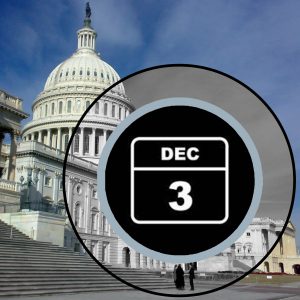Arms Race Accelerates with MIRVed Warheads
Los Alamos Lab Cleanup Cut
Ironically the day after the film Oppenheimer was awarded multiple Oscars, the Department of Energy’s semi-autonomous National Nuclear Security Administration (NNSA) asked Congress for its biggest nuclear weapons budget ever. NNSA’s FY 2025 request for “Total Weapons Activities” is $19.8 billion, $700 million above what Congress recently enacted for FY 2024. It is also a full billion dollars above what President Biden asked for last year, which Congress then added to and will likely do so again.
The Biden Administration states that the $19.8 billion will be used to:
“[P]rioritize implementation of the 2022 National Defense Strategy and Nuclear Posture Review by modernizing the Nation’s nuclear deterrent to keep the American people safe. The Budget supports a safe, secure, reliable, and effective nuclear stockpile and a resilient, responsive nuclear security enterprise necessary to protect the U.S. homeland and allies from growing international threats.” whitehouse.gov/wp-content/uploads/2024/03/budget_fy2025.pdf, page 75.
The 2022 National Defense Strategy and Nuclear Posture Review for the first time posited two nuclear “near peers”, i.e. Russia and China, that need to be simultaneously “deterred.” This hinted at a potentially large nuclear buildup which this budget may now be implementing. That claimed need to deter two nuclear near peers was explicitly taken a step beyond just deterrence in an October 2023 report from the Strategic Posture Commission. It declared:
“Decisions need to be made now in order for the nation to be prepared to address the threats from these two nuclear-armed adversaries arising during the 2027-2035 timeframe. Moreover, these threats are such that the United States and its Allies and partners must be ready to deter and defeat both adversaries simultaneously.” ida.org/research-and-publications/publications/all/a/am/americas-strategic-posture, page vii (bolded emphasis added)








